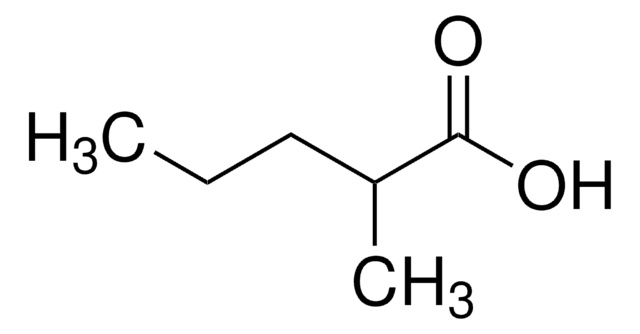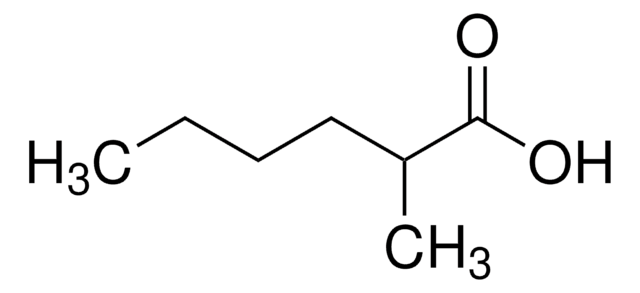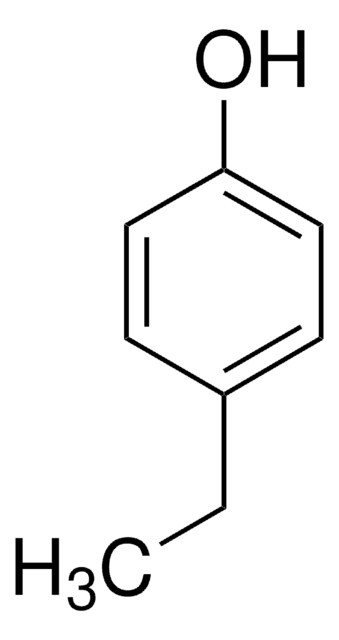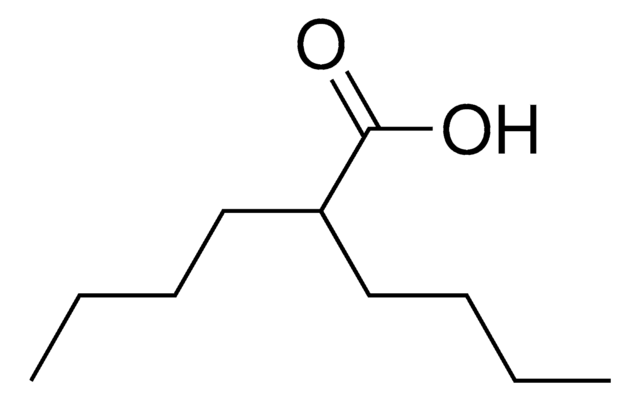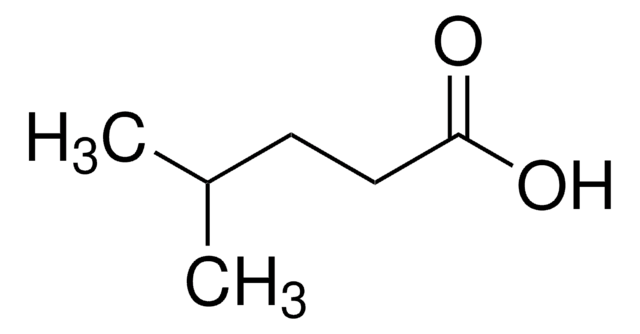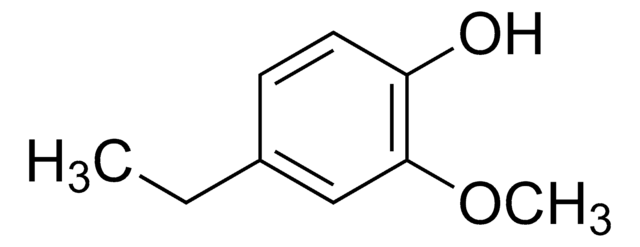About This Item
Kosher
Recommended Products
biological source
synthetic
Quality Level
grade
Halal
Kosher
Agency
meets purity specifications of JECFA
Assay
≥97%
refractive index
n20/D 1.425 (lit.)
bp
140 °C/30 mmHg (lit.)
density
0.906 g/mL at 25 °C (lit.)
application(s)
flavors and fragrances
Documentation
see Safety & Documentation for available documents
food allergen
no known allergens
Organoleptic
green; cheesy; waxy
SMILES string
CCCCCC(C)C(O)=O
InChI
1S/C8H16O2/c1-3-4-5-6-7(2)8(9)10/h7H,3-6H2,1-2H3,(H,9,10)
InChI key
NKBWMBRPILTCRD-UHFFFAOYSA-N
Related Categories
General description
Disclaimer
Signal Word
Warning
Hazard Statements
Precautionary Statements
Hazard Classifications
Eye Irrit. 2 - Skin Irrit. 2 - STOT SE 3
Target Organs
Respiratory system
Storage Class Code
10 - Combustible liquids
WGK
WGK 3
Flash Point(F)
>230.0 °F
Flash Point(C)
> 110 °C
Personal Protective Equipment
Choose from one of the most recent versions:
Already Own This Product?
Find documentation for the products that you have recently purchased in the Document Library.
Our team of scientists has experience in all areas of research including Life Science, Material Science, Chemical Synthesis, Chromatography, Analytical and many others.
Contact Technical Service